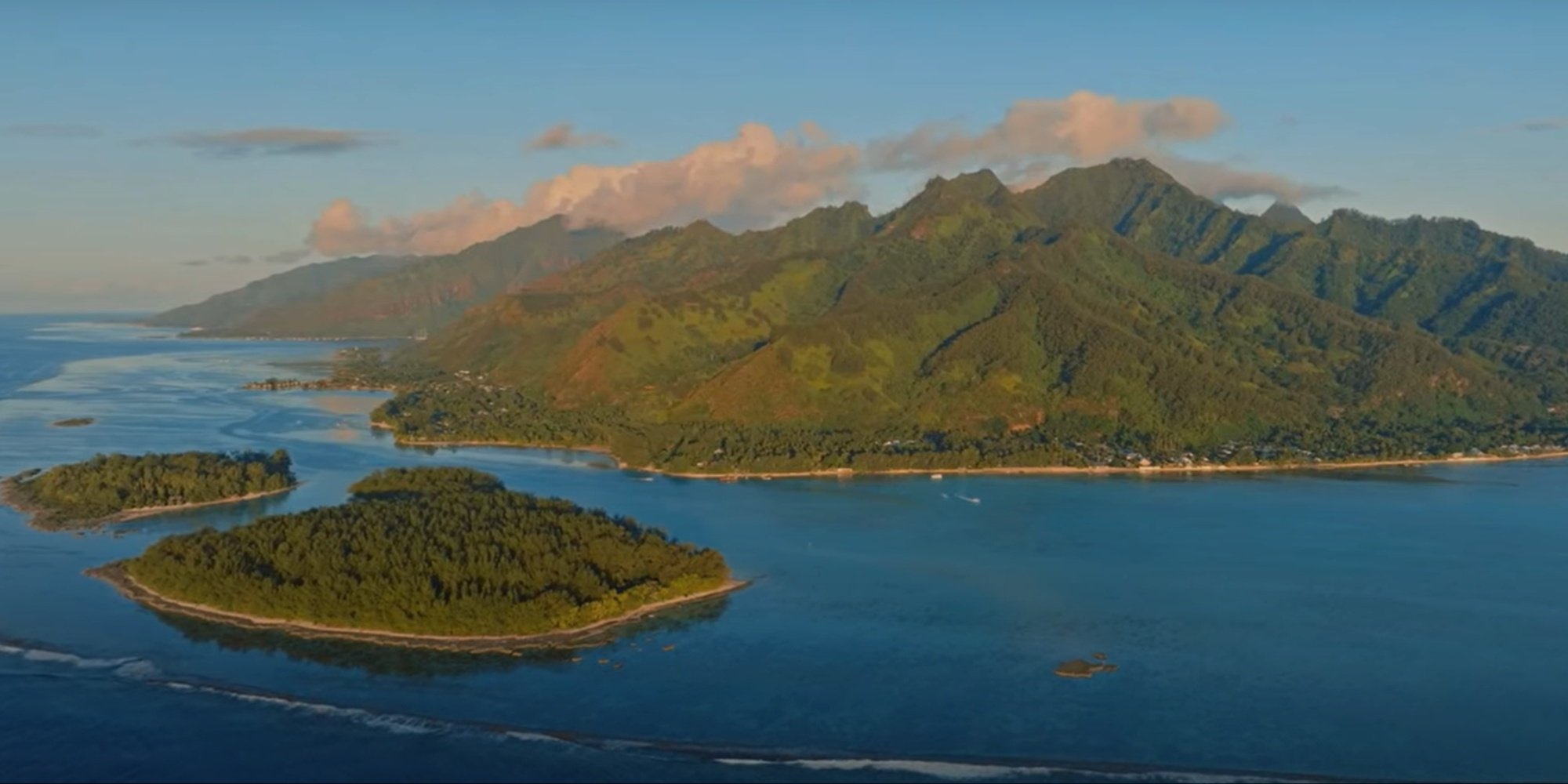Since 2017, the association OCEANIA has been dedicated to studying and protecting whales and dolphins in French Polynesia. Last Saturday, it presented to Emmanuel Valls, Minister of Overseas France, an innovative project combining technology and marine conservation: Ocean IA.
Every year, humpback whales migrate from the icy waters of Antarctica—rich in plankton and krill—to the warmer Polynesian waters, ideal for reproduction. The shallow, protected lagoons and passes provide safe nurseries where mothers give birth and nurse their calves, shielding them from currents and predators such as orcas.
However, daily maritime traffic between Tahiti and its neighboring island Moorea—home to Oceania—is intense, accounting for over 90% of the archipelago’s vessel movements. This creates a high risk of collisions with whales, especially since ships navigating in these preferred whale areas have limited room to maneuver.
Real-Time Collision Prevention
Ocean IA builds on the Ocean Watch program initiated by Oceania in 2024, which deploys human observers aboard ferries between Tahiti and Moorea to alert crews of cetacean presence.
This new initiative rests on two pillars: technology and collaboration. On one hand, smart land-based cameras installed on the heights of Tahiti and Moorea detect in real time whale behaviors—such as breaches, blows, fins, or tails—in the Papeete and Vaiare passes. On the other hand, active cooperation with ship operators and maritime authorities aims to develop and test effective automatic alert protocols.
Marine Mammal Observers remain actively involved, and ship captains participate in technical decisions such as alert channels and reception methods. This is a rare approach in marine conservation, where AI is often limited to data collection without immediate action. Oceania also emphasizes public education, notably through the Whale Alert app, which transforms passengers and boaters into potential observers.
Strong Institutional Support and Future Prospects
The project enjoys solid institutional backing, including from the European Union (via the Best Life 2030 program) and the International Union for Conservation of Nature (IUCN). It is currently in a pilot phase until November 2026, but its foundations—technological sobriety, local engagement, and multi-stakeholder involvement—lay the groundwork for a methodology that could be replicated for other species or sensitive areas.
Nonetheless, several uncertainties remain: the scalability of the system, especially through the installation of onboard sensors on vessels, and the sustainability of funding beyond the pilot phase despite its promising potential.
Source: actuia




